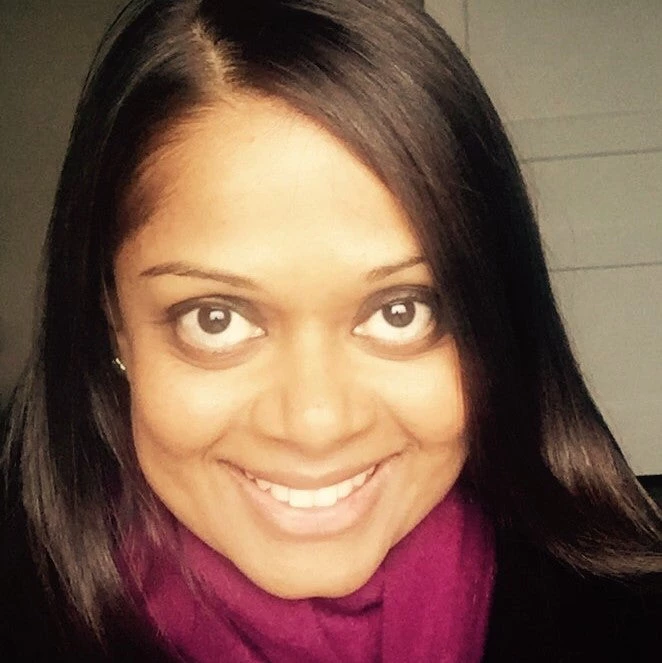 If mobile phones hold potential for addressing a number of development challenges in existence today then the newest innovations are exciting with cross cutting implications for health. The World Bank recently hosted three top innovators selected from NASA’s LAUNCH Initiative in Health, to provide an overview of new innovations in mHealth and to debate potential bottlenecks in financing and scalability. LAUNCH was formed jointly by NASA, the US Department of State, USAID and NIKE as a global initiative to identify and support innovative work contributing to a sustainable future. All three presenters, Aydogan Ozcan of UCLA, Ramesh Raskar of MIT Media Lab and Josh Nesbit of Medic Mobile, have been widely recognized in the development field as dynamic young innovators.
If mobile phones hold potential for addressing a number of development challenges in existence today then the newest innovations are exciting with cross cutting implications for health. The World Bank recently hosted three top innovators selected from NASA’s LAUNCH Initiative in Health, to provide an overview of new innovations in mHealth and to debate potential bottlenecks in financing and scalability. LAUNCH was formed jointly by NASA, the US Department of State, USAID and NIKE as a global initiative to identify and support innovative work contributing to a sustainable future. All three presenters, Aydogan Ozcan of UCLA, Ramesh Raskar of MIT Media Lab and Josh Nesbit of Medic Mobile, have been widely recognized in the development field as dynamic young innovators.
Ozcan demonstrated his innovation, LUCAS (Lensless, Ultra wide-field Cell monitoring Array platform based on Shadow imaging) an attachment to a cell phone that converts it into the world’s smallest lens free microscope. Similar to a lab microscope, it can perform blood and fluid analysis and be used in identifying infectious diseases as well as screening pathogens in water sources in remote locations. Imagine the potential cost-reductions in the diagnosis and monitoring of some of the biggest global health problems including HIV, Malaria, Cholera and TB.

Presenting the final piece was Josh Nesbit, CEO at Medic Mobile, a nonprofit that deploys solutions on open-source platforms to create coordinated health systems where workers can communicate, manage patient care and provide diagnostics. Through various projects currently launched in 10 countries including Malawi, the DRC and Kenya, the organization has been successful in treating more patients and in the process reducing costs and increasing efficiency in supply chain and logistics systems. Next on their agenda? A move to more centralized databases that can analyze free-form text messages and take advantage of sub word natural language processing (a way to address issues stemming from the length, structure and errors in the processing of text messages especially in languages other than English).
While there was great admiration for these innovations, a number of audience questions focused on how to effectively deploy and scale them on a national level, in a sector often affected by pilotitis (a considerable number of mHealth projects tend to remain in pilot phase or are shut down once pilot funding ends). Innovators face a multitude of hurdles going through product engineering and re-engineering for local conditions, adhering to the regulatory environment and in seeking funding, with little time to devote to these areas. Most inventors want to move onto the next innovation or challenge (and rightly so). It begs the question: what can the World Bank do to promote these innovations and what kind of work with governments and partnerships with the private and public sector will it take to successfully incorporate and deploy mobile applications in development programs?


Join the Conversation